In some ways, it’s never been easier to become a food photographer. Although photography gear continues to be expensive, even entry level DSLRs are sophisticated enough to get you started professionally.
There is no longer a need to purchase and process film, and the democracy of the Internet and social media has made it possible for anyone and everyone to get their work seen by the people that matter.
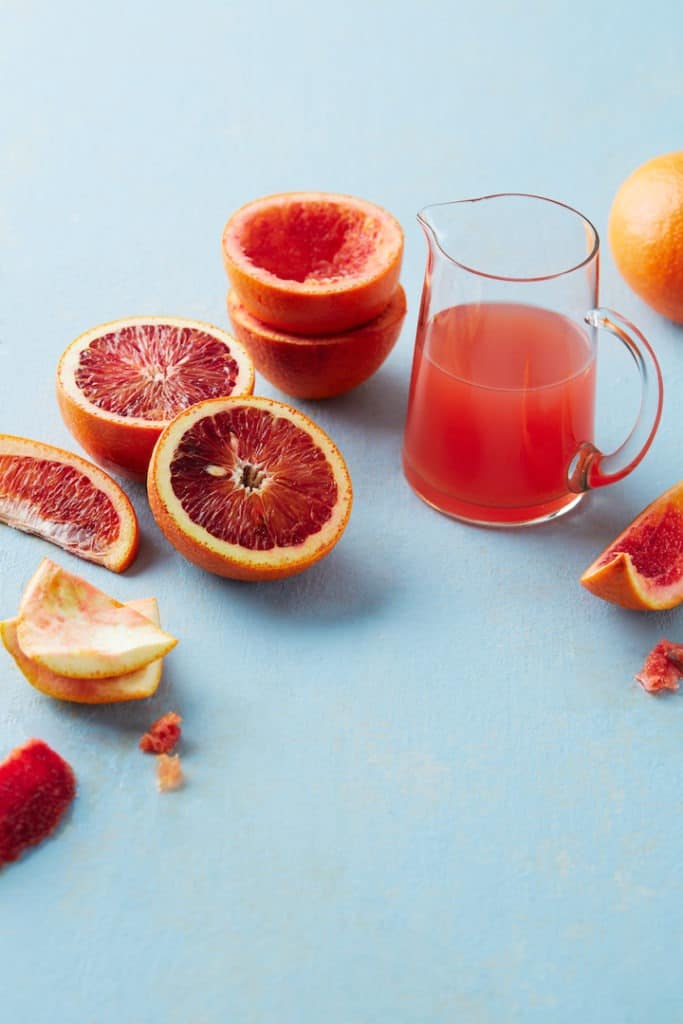
This is not to say that the learning curve in food photography is not steep. To be a commercial food photographer, you still need to learn artificial lightning. You need Photoshop skills and know how to use a variety of software programs and apps to process your images and interact with your clients.
My tips for becoming a successful photographer are a bit more vague than the recommendation to learn Capture One, for example. The hard skills like lighting and retouching are crucial, but to really make it as a food photographer soft skills are just important–if not even more so.
In my observation, it’s not always the best photographers that become the most successful; it’s those who learn business and communication skills that come out on top.
Here is my best advice for making it as a commercial food photographer.
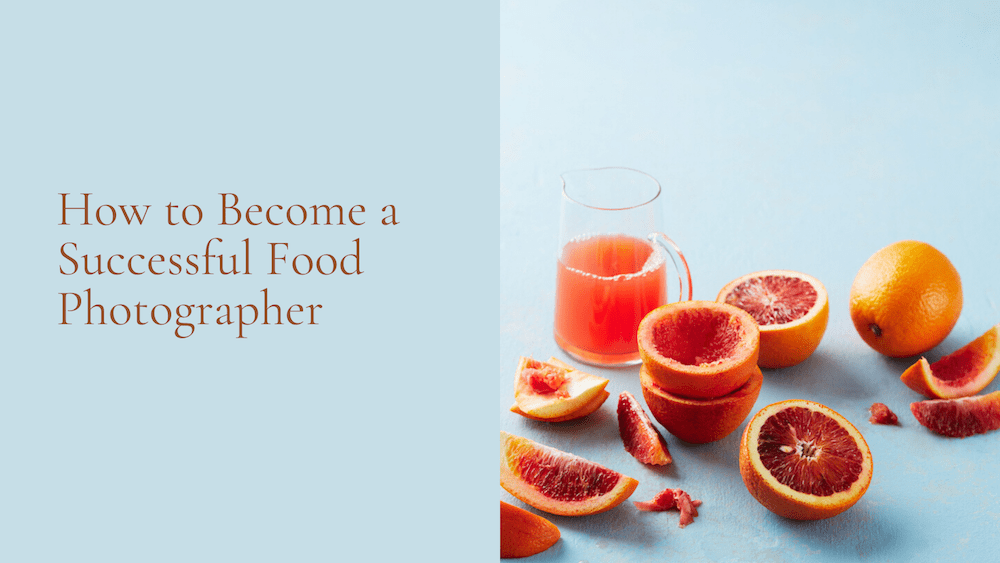
Practice Makes Perfect
The old adage is “practice makes perfect” and this is very true when it comes to photography.
What makes photography challenging is that it’s is both an art and a science. You need to know a lot about the technical side of shooting and you also have to develop your sense of aesthetics.
We can all think of photographers who have a ton of gear and can talk for hours about the benefits of a mirrorless camera over a DSLR etc, but their photos just don’t look that great.
On the other hand, there are also a lot of photographers who have a beautiful sense of composition and colour, yet their images never look properly exposed.
To excel as a photographer, you need to have both sides. Both are skill sets that you can develop with time and a lot of practice.
Some the world’s top food photographers, long-established in the field, spend a lot of time honing their craft with personal projects.
No matter how much they shoot for clients, they take time out of their schedules to photograph something that will stir their creative juices. This is useful to re-ignite their interest in what can start to feel a bit routine.
I personally make time weekly to work on personal projects. I give myself some quiet time to map out my ideas and then explore creating different moods with my lighting, observing what it’s doing and making careful notes so I can recreate it on client shoots where a certain look is desired.
Homework: pick a theme for a personal project and put aside time to create a series of 5 different shots with a variety of camera angles and cropping. Try some macro shots, too. Sketch out your ideas beforehand or use one of the templates from my eBook, Rule-of-Thirds: A Guide to Composition for Food Photography. Take notes on the process that you can refer to later.
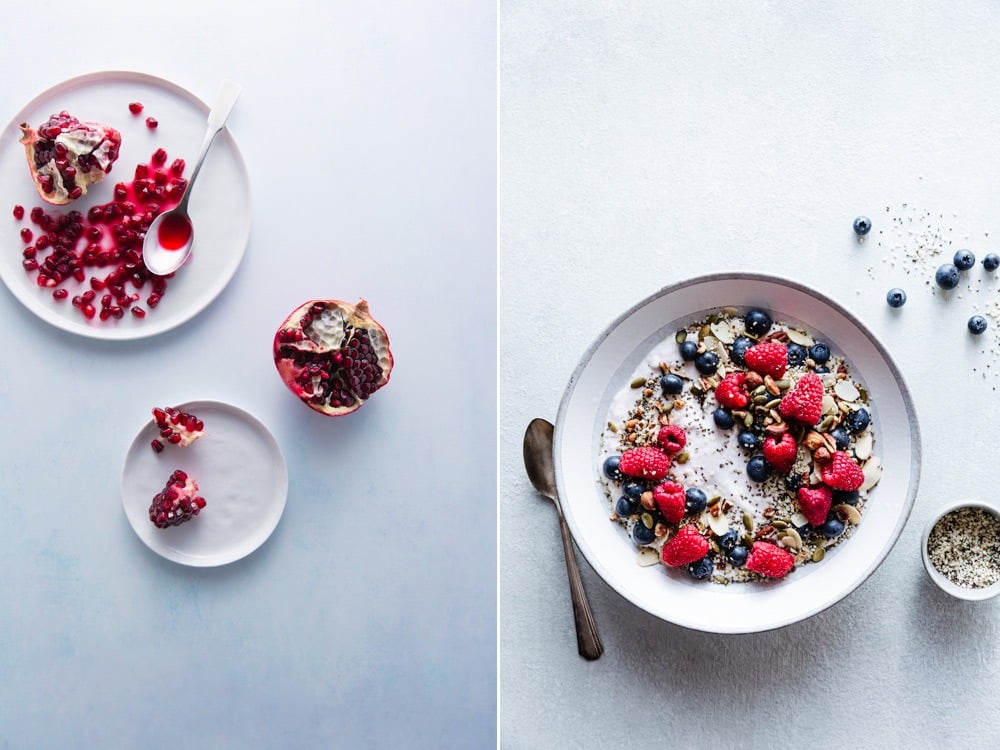
Learning is Life Long
This principle goes hand-in-hand with practice. You should never stop learning as a photographer. In fact, you can’t stop learning. Technology is moving so fast that it can be difficult to not get left behind.
Back in the film days, you had to learn to light and use your camera in manual mode. You could drop your negatives off at the printer.
In one sense, digital has made things easier. You can see your results right away and make adjustments. Yet you actually have to know even more these days than you did in the past. This is because of everything that goes along with processing and retouching files. And you still need to know to light and how to use your camera in manual mode.
Besides this steep learning curve, there are new advances that are continually changing the face of photography. Mirrorless camera systems and LED lighting are a couple of examples.
To succeed as a photographer, you need to be learning all the time. You must keep up with technology in gear, post-processing solutions, and printing.
Luckily valuable information has never been so easy to access. There’s tons of free information on the Internet and popular online courses. These make learning at home on your own schedule very easy.

Hone Your Business Skills
In the several years that I’ve been a full-time commercial photographer, I’ve learned that the single most important factor in success as a food photographer is business acumen. No matter how great of a photographer you are, if you undercharge, don’t develop your people skills, or learn how to market your work, you’re not going to get anywhere.
When you exchange photography services or money, you are in business. You must know your COB, or your “cost of doing business”.
You should know the ins-and-outs of charging for usage and have proper contracts in place. You have to have systems in place so you don’t spend most of your time on unbillable hours instead of shooting.
Communication skills are a crucial component of business skills. These are what are considered “soft skills”. These are less tangible than say, knowing how to pull off a dark and moody food shot.
Being able to listen to what the client wants, ask thoughtful questions and resolve issues in a calm manner are all examples of key communication skills.
While communication is about your words, a big part of what you say is also how you say it. How you speak to your clients and being able to communicate your vision is critical.
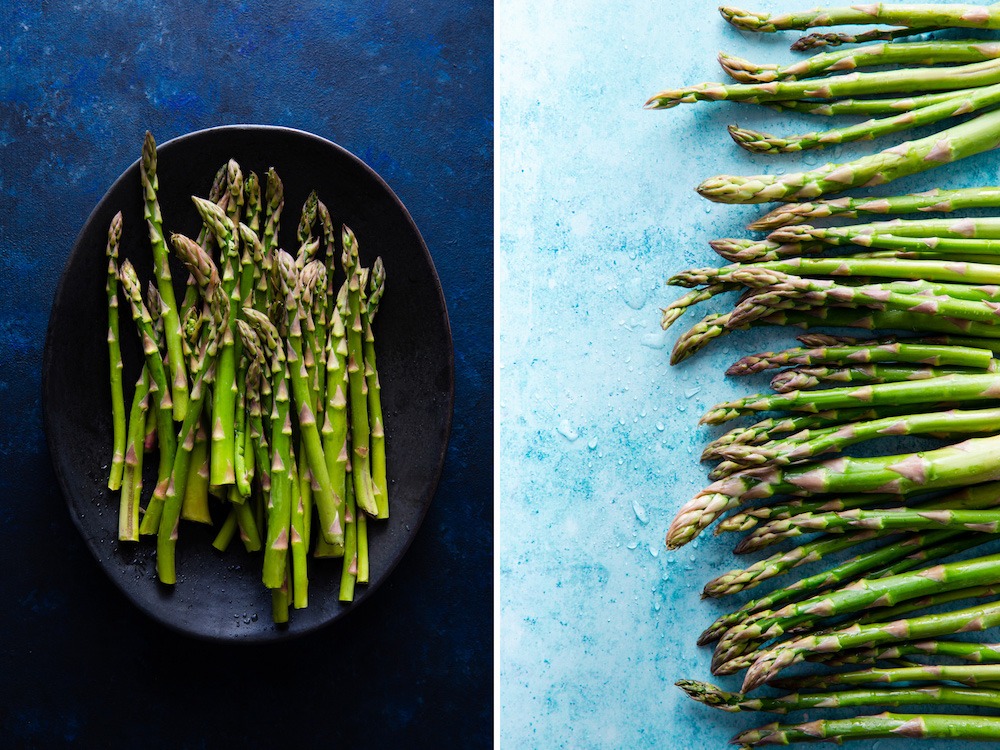
Build (and maintain) Your Networks
A major key to success is your ability to network. The world no longer functions on a goods-based economy but a service-based economy.
Like most businesses, a photography service is based on relationships. Your ability to connect with others in a meaningful way will serve as the backbone of your success.
Your photography may be excellent. But if shyness or fear of putting yourself out there is an issue, it will hold you back.
You need to make phone calls and ask for in-person meetings to show your portfolio. Talk to people about what you do and ask for referrals.
When you put yourself in front of potential clients like photo editors and art directors, you’re actually making their job easier.
They tend to hire photographers that are visible to them. Most don’t have the time to constantly search out new talent.
I got my big break within the first six months of my business because I hired a business coach who knew someone who owned a marketing that specialized in food marketing and gave me a referral. That got me in the door for an in-person meeting with the creative director, which led to my first job with them a few months later. After that, they hired me on a regular basis.
Narrow down who your ideal client is and then put all your energy into building relationships with them. This might mean the five biggest ad agencies in your city and no one else.
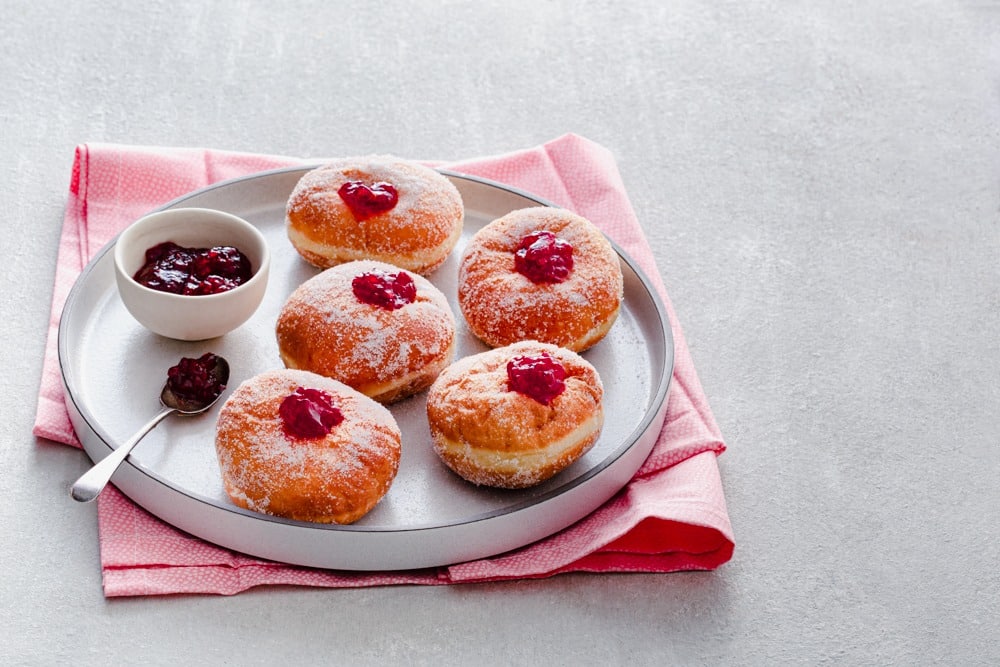
Market Consistently and Well
How you market yourself will make your break your photography business.
If you think Instagram is stupid, don’t send out promotional materials, or make cold calls, you’re missing out on valuable opportunities for your work to be seen.
When it comes to marketing your business, you need to have a strategy. Photographers tend to spend a lot of time connecting with other photographers. This is great for camaraderie and support, but this doesn’t really lead to work.
It’s better that you follow potential clients and engage with them. Make thoughtful comments that show you’re interested in what they are doing and to get them to notice you.
Also, don’t overlook the power of LinkedIn. Not only can it connect you with the right people, but it will also help you with your marketing. You can research the companies that you’re interested in to find out who to call.
You can also find out what projects they have worked on to see how you can fit. Or you can find agencies that work with the types of clients you want to shoot for.
The main thing to remember is that one promotional campaign or email is not going to land you a big gig with Whole Foods or Starbucks. You need to market repeatedly and consistently to get your name out there.
People are overloaded with information these days. In fact, research shows that it takes an average of seven encounters with your work before a customer will buy from you.
There are many ways to market a photography business these days. The more strategies you can use to get your work out there, the greater your chance of being seen.
Invest Financially in Your Business
Did you know that most businesses spend an average of 10% of their budgets on marketing? Can you say you do the same?
This is a problem I see all the time with new to intermediate photographers. They don’t invest in their businesses. And if you don’t invest in your business, you can’t grow.
You need to keep up with the proper gear and put money into marketing. You may also need to hire people to help you with your tech, social media, and even your marketing plan.
For example, I have hired a photo consultant to help me put together my print portfolio marketing promotions, and revamp my website.
Finances can be a challenge when you can’t predict month to month how much money you’ll make. The tough reality is that photography is a very expensive business to run.
To succeed, you have to be prepared to invest money in all aspects of your business–not just your gear.
Remember that sometimes you need to spend money to make money. By investing in strategies that bring clients in the door, you can make this back and much more.

Don’t Worry About the Competition
With the barrier into the photographic industry so low, there is a lot of competition.There is also a greater need than ever for visual imagery. The explosion of the Internet demands it. Every business requires images to advertise its products and services. The demand for stock photography is a great example of organizations seeking imagery.
Many photographers are intimidated by their competition or the idea that the market is saturated. It doesn’t really matter. The types of clients that you want to work with are the ones that will want you because of your style. This is something that is unique to you and that no one else can emulate.
The fact is that there is plenty of work to go around. It’s a matter of taking the right steps that will allow clients to find you.
Never Give Up
“Many of life’s failures are people who did not realize how close they were to success when they gave up.” -Thomas Edison
To make it as a photographer, you need a lot of perseverance.
It can take up to five years to start making a full-time income. Of course, it can be less than this, but it takes time for the world to get to know about you.
Build your business gradually, and have some resources to draw on when times are tough. For a lot of people, this means having a part-time job. There is no shame in that, and having other forms of income will prevent you from feeling desperate. It will give you the power to say no to low-paying gigs so you can make the rent.
Being stressed about finances is also sure to sap your creativity. And it could possibly lead to bad business decisions.
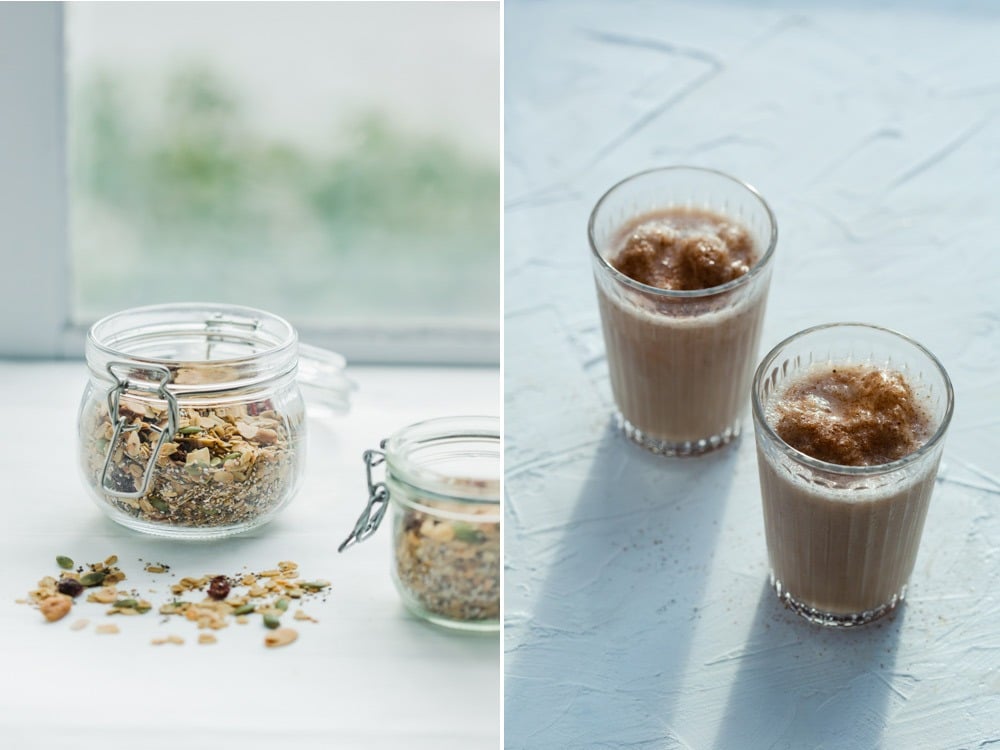
Conclusion
If you want to become a successful food photographer, you can absolutely achieve this goal. Improve your business skills and be willing to invest in your business.
Most of all, have the tenacity to weather the ups and downs. It will be worth the time and effort.







4 Responses
Very well put, Darina! All excellent points and great advice.
Thanks so much, Gayle! I’m glad you enjoyed the post 🙂
Thank you for writing this wonderful post! It’s so easy to become overwhelmed with the amount of to-dos when starting a business. I like how you break it down into sections here. It makes it feel more tangible. I am really enjoying the new website as well. Can’t wait to see your presentation today on tethering for the Food Photography Summit!
Thank you, Tiffany! I’m glad you found it helpful. 🙂 And thanks for the kind words on the site. It’s a work in progress and I’ll be adding more to it in the next months.